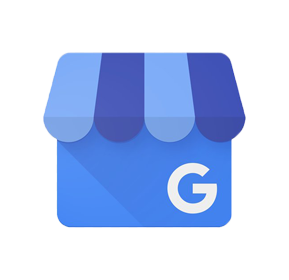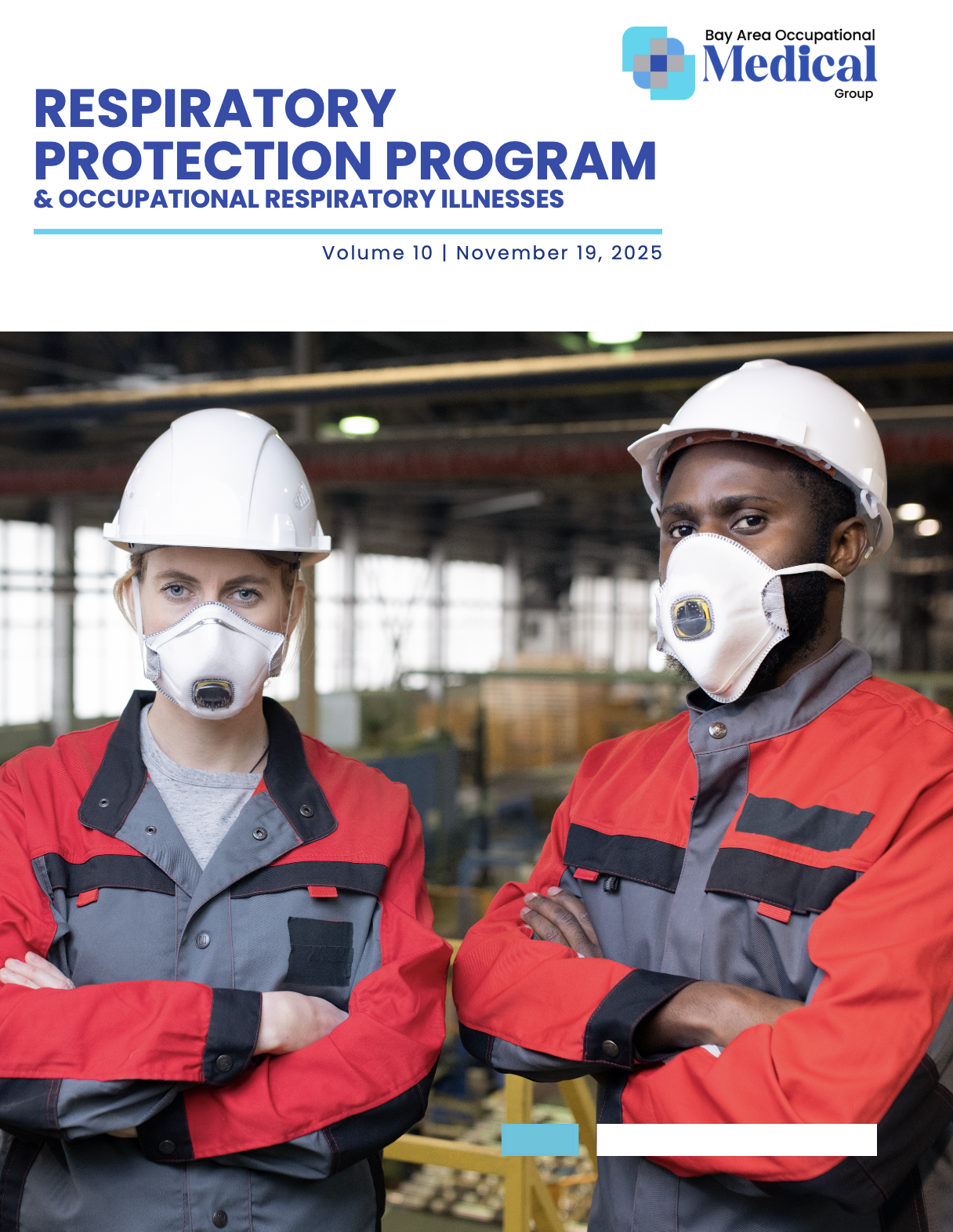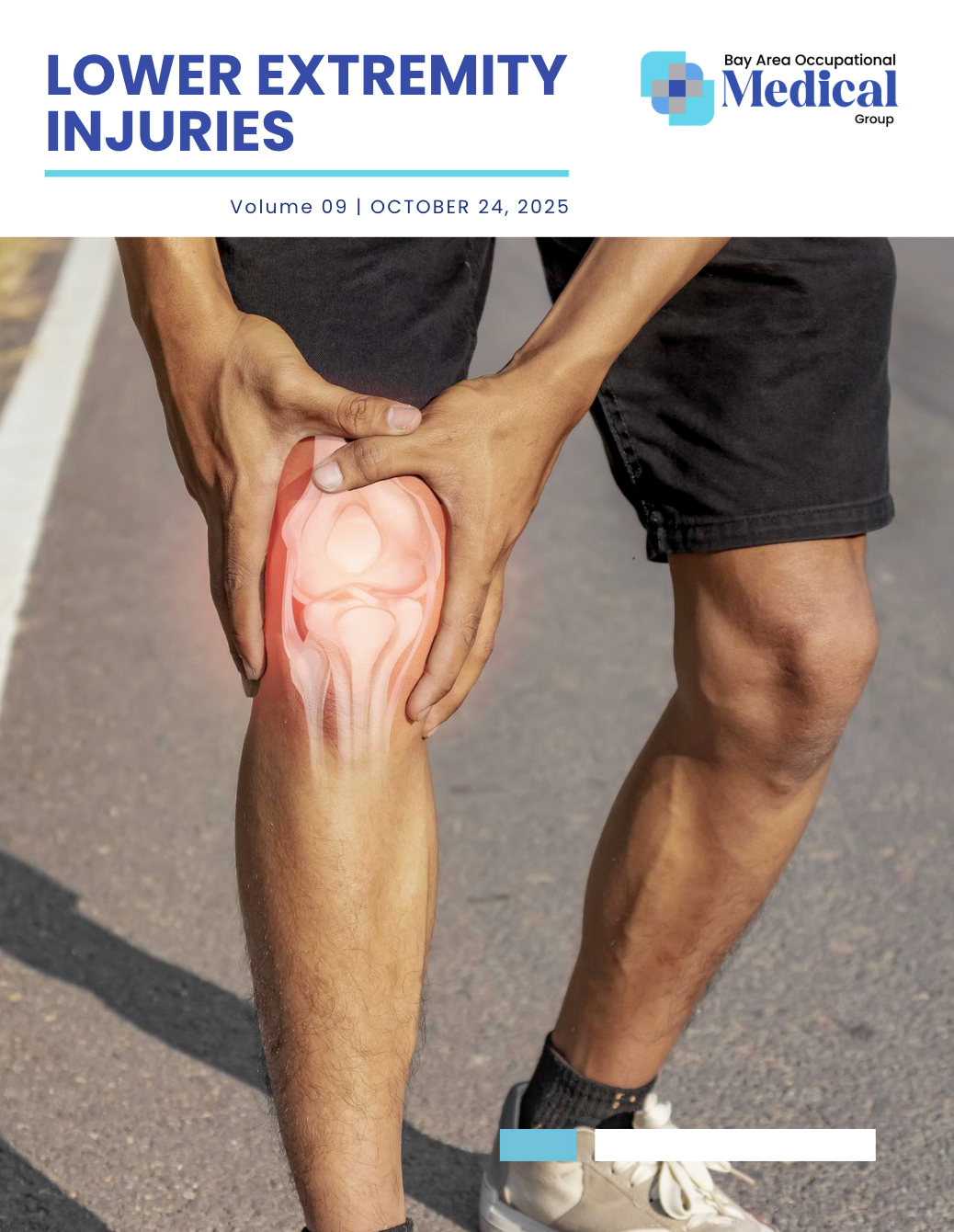Your Health Is Our Priority
Access to excellent medical care has never been easier.
Occupational Health Care, Redefined in the Bay Area.

Give us a Call

Give us a Call
phone 408-882-3700

Give us a Call
408-882-3700
669-230-5891


Visit our Location
110 N. 3rd Street,
San Jose, CA 95112

Send us a Message
Visit our Location
We Proudly support our Men and Women in Blue!
Occupational Health Expertise
In contrast to the "one size fits all" occupational programs that most providers offer, BAOMG specializes in service customization in order enhance essential medical services.
State-of-the-Art Facility and Technology
Equipped with onsite X-rays, lab services, and telehealth options, BAOMG provides efficient and effective medical care, setting a new standard in occupational health and urgent care services.
Personalized and Dedicated Service
From customized employee health and wellness programs to fast-track appointments and dedicated client account management, BAOMG delivers exceptional customer service.
About Us
Welcome to Bay Area Occupational Medical Group (BAOMG), where we specialize in providing comprehensive occupational healthcare solutions tailored to meet the unique needs of businesses in the Greater Bay Area. With over three decades of industry leading medical services in 3 Western states, BAOMG Principles and Providers have established themselves as Trusted Partners with small and large businesses alike, providing and promoting a safe and healthy workplace.

Categories

Our Services

Workers' Compensation Services

Comprehensive evaluation and management of work-related injuries by highly skilled medical providers

Multispecialty physicians: Coming Soon

State-of-the-art medical facility with on-site X-rays and lab services.

Employee Health Services

Full spectrum of employee health services tailored to meet industry standards:

DOT and Hazmat physicals

Pre-placement physicals

Fitness for duty exams
What Our Clients Say

Sweekar S.
Department of Risk
Management
Since designating Bay Area Occupational Medicine as our district’s preferred occupational health provider, we have observed a marked improvement in our claims management process.

Mariana S.
Patient
I had a great experience at this medical office. The staff were very friendly and attentive, making me feel comfortable throughout my visit.

Ashleyjaneb
Patient
Great facility and amazing staff with excellent customer service! I came in for a physical exam and drug screening for my new job and they were very helpful.
200+
Patients A Year
14
People working
34
Years of experience
20K+
Happy Patients
Newsletter
Latest News

November 19, 2025
Volume 10 | Respiratory Protection Program
From wildfire smoke to industrial dust, occupational respiratory risks are real. In this edition, we break down California’s updated respiratory protection requirements and explain why a written program isn’t just a regulation—it’s a workplace safeguard. Learn about common respiratory illnesses, when respirators are required, and how to ensure your team is properly fitted and trained. Whether you’re in construction, manufacturing, or healthcare, this guide offers timely insights for safer breathing and better compliance.

October 24, 2025
Volume 9 | Lower Extremity Injuries
Lower-extremity injuries are among the most common in active workplaces and can significantly disrupt productivity. This edition explores how accurate diagnosis, timely care, and work-focused treatment can streamline recovery and support return-to-work outcomes. From ankle sprains and fractures to ligament damage and tendon conditions, we highlight how occupational medicine partners can help guide the right treatment paths, minimize claim complexity, and protect workforce health.
Bilingual Medical Team
Compassionate Care Without Barriers
Health Insurance
Medcenter with individual approach
Book Your Consult
We’re here to keep your team safe, healthy, and compliant. Connect with our occupational health experts today.
Complete the form and we’ll help you schedule the right service for your needs.
FAQs
Have Some Questions?
What should I expect from an occupational medical clinic like BAOMG?
An occupational medical clinic, such as the Bay Area Occupational Medical Group (BAOMG) serves as an extension of your company’s human resources department. Unlike traditional medical clinics, we prioritized the needs of three key stakeholders: The injured worker, the employer, and the insurance carrier. Our services are designed to deliver healthcare solutions that enhance workplace safety, productivity, and a speedy recovery from work-related injuries. We also believe in limiting loss time injuries and will coordinate modified duty services if the patient is unable to return to his usual and customary work duties.
What services does Bay Area Occupational Medical Group provide?
We specialize in comprehensive occupational health services, including workers’ compensation care, pre-employment and DOT physicals, drug and alcohol testing, wellness programs, on-site staffing services and mobile healthcare solutions.
Do you accept walk-in appointments, or is scheduling required?
For routine services, we encourage scheduling to reduce wait times. However, acute occupational injuries and time sensitive evaluations are accepted on a walk-in basis.
What should employees bring to their appointment?
Employees should bring a government-issued photo ID, any relevant medical documentation, and any employer-issued forms. For physicals, they may also need a list of medications or corrective lenses if required.
How soon after completion can results be communicated to employers?
We understand the importance of timely reporting. Most physical exams are reported within 24 hours, while more complex drug and alcohol tests may take additional time.
What are the differences between a First Aid and Medical Treatment Claim?
A first-aid claim refers to minor work-related injuries or illnesses that typically require one-time treatment and a follow-up visit for observation. A first-aid claim does not involve serious medical intervention and does not warrant prescription medications, sutures (stitches), hospitalization, or therapies like physical therapy or chiropractic treatment.
What is a Mod. Rate (Experience Modification Rate)?
A Mod. rate is a numerical rating used to calculate a company's workers compensation insurance premium. It assesses a business's claim, claims cost, severity and frequency annually and over a three-year period. That data is then compared to similar businesses and industry benchmarks. Companies with higher-than-average costs and claim frequencies usually have higher premiums and higher mod. rates compared to comparable businesses.
Partners





Subscribe to Newsletter
Get healthy news and solutions to your problems from our experts!

We specialize in providing comprehensive occupational healthcare solutions tailored to meet the unique needs of businesses in the Greater Bay Area.
Quick Links

Services

On-Site and Mobile Healthcare Solutions
Contact Us



+669-230-5891




Monday - Friday: 8AM - 5PM
Copyright © 2025 Bay Area Occupational Medical Group. All rights reserved.
Privacy Policy | Terms of Use










